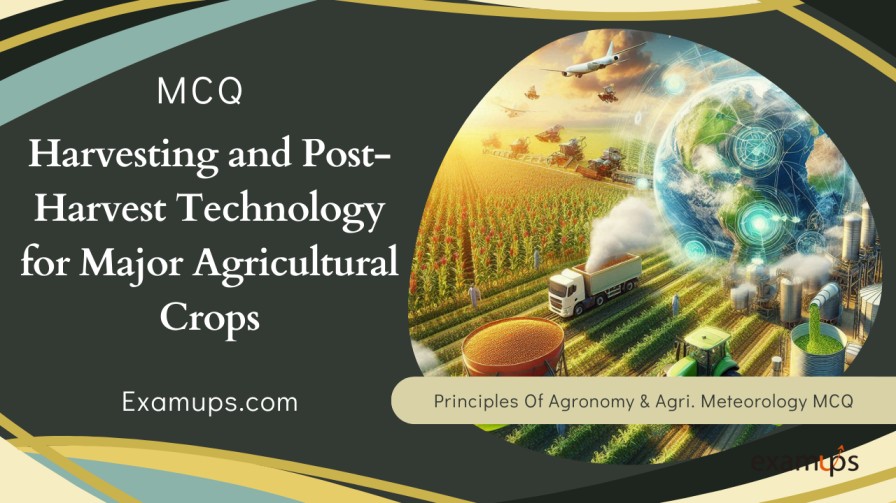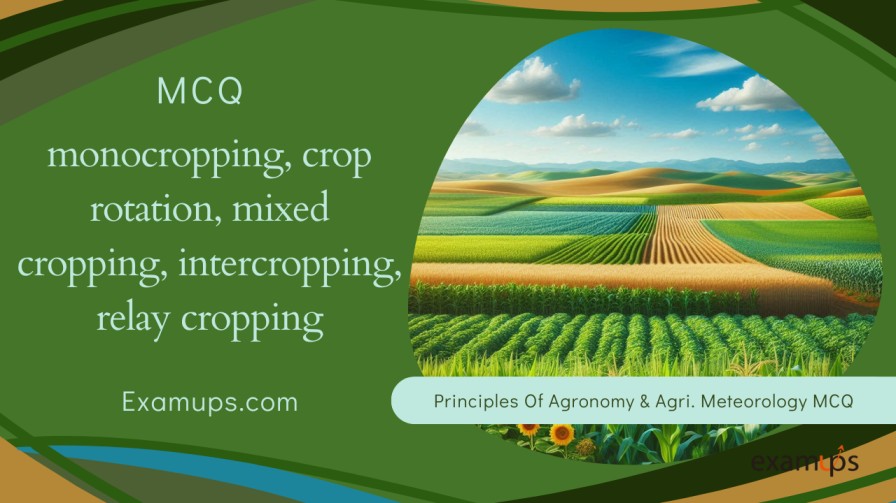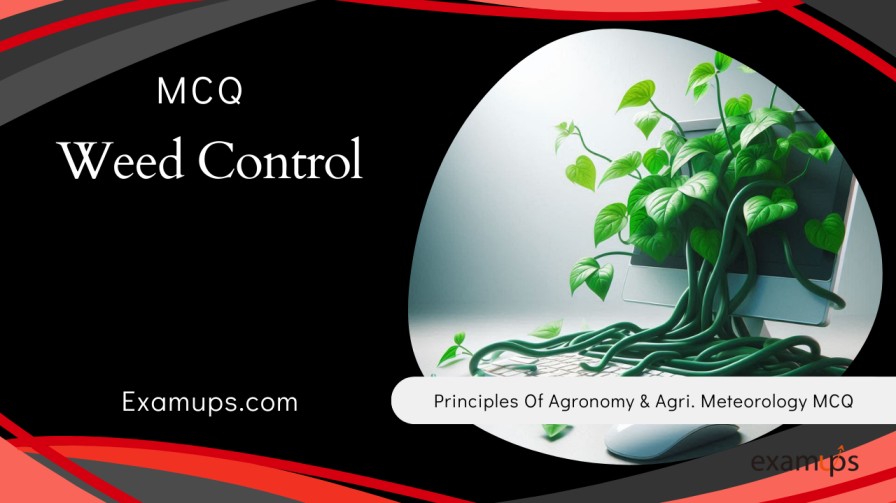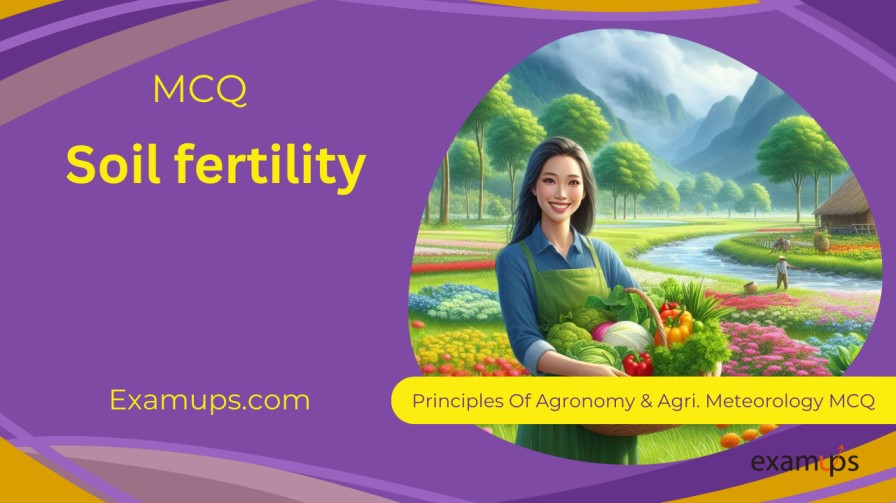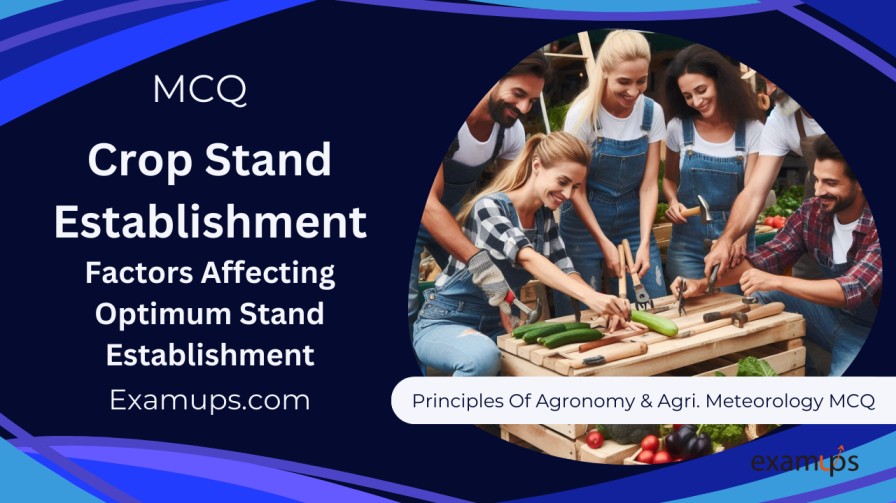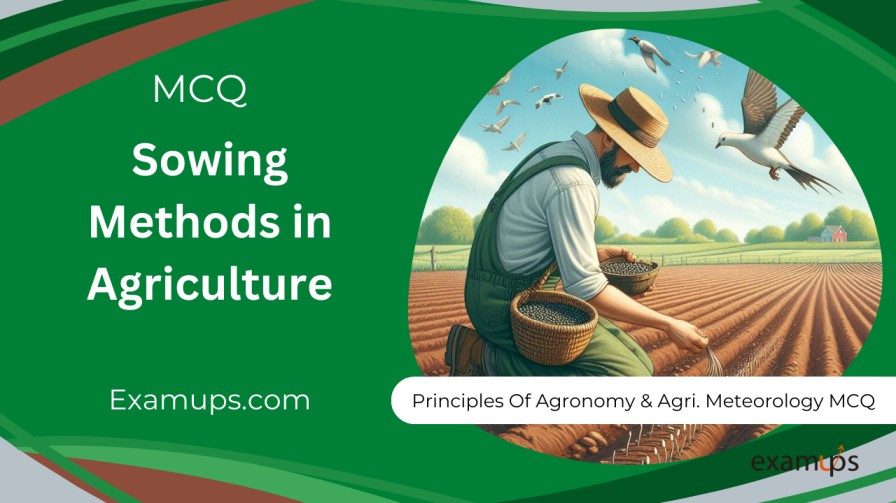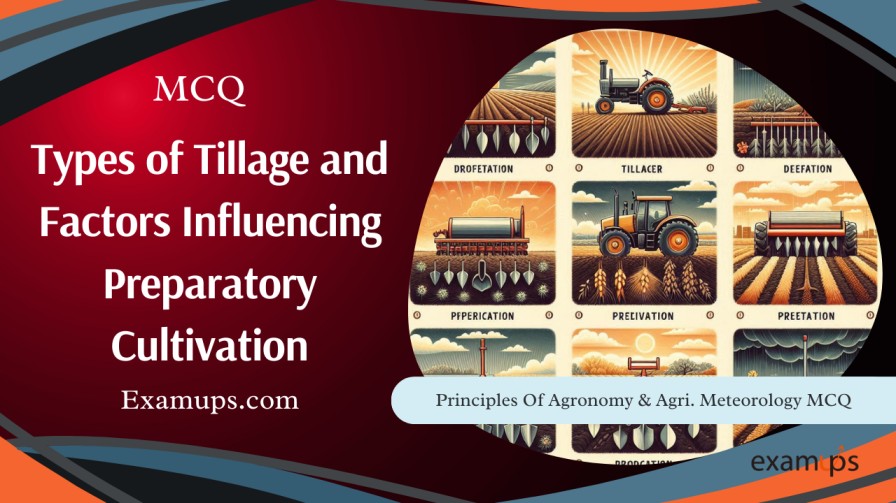MCQs on Harvesting and Post-Harvest Technology for Major Agricultural CropsMCQs on Harvesting and Post-Harvest Technology for Major Agricultural Crops
Harvesting and Post-Harvest Technology for Major Agricultural Crops: MCQ for ICAR-JEF, ICAR-SRF, ICAR-NET, IBPS-AFO/SO, Pre-PG, BHU Pre-PG, IFFCO-AGT, CCI, FCI, B.sc, M.sc, etc. MCQs on Harvesting and Post-Harvest Technology for







